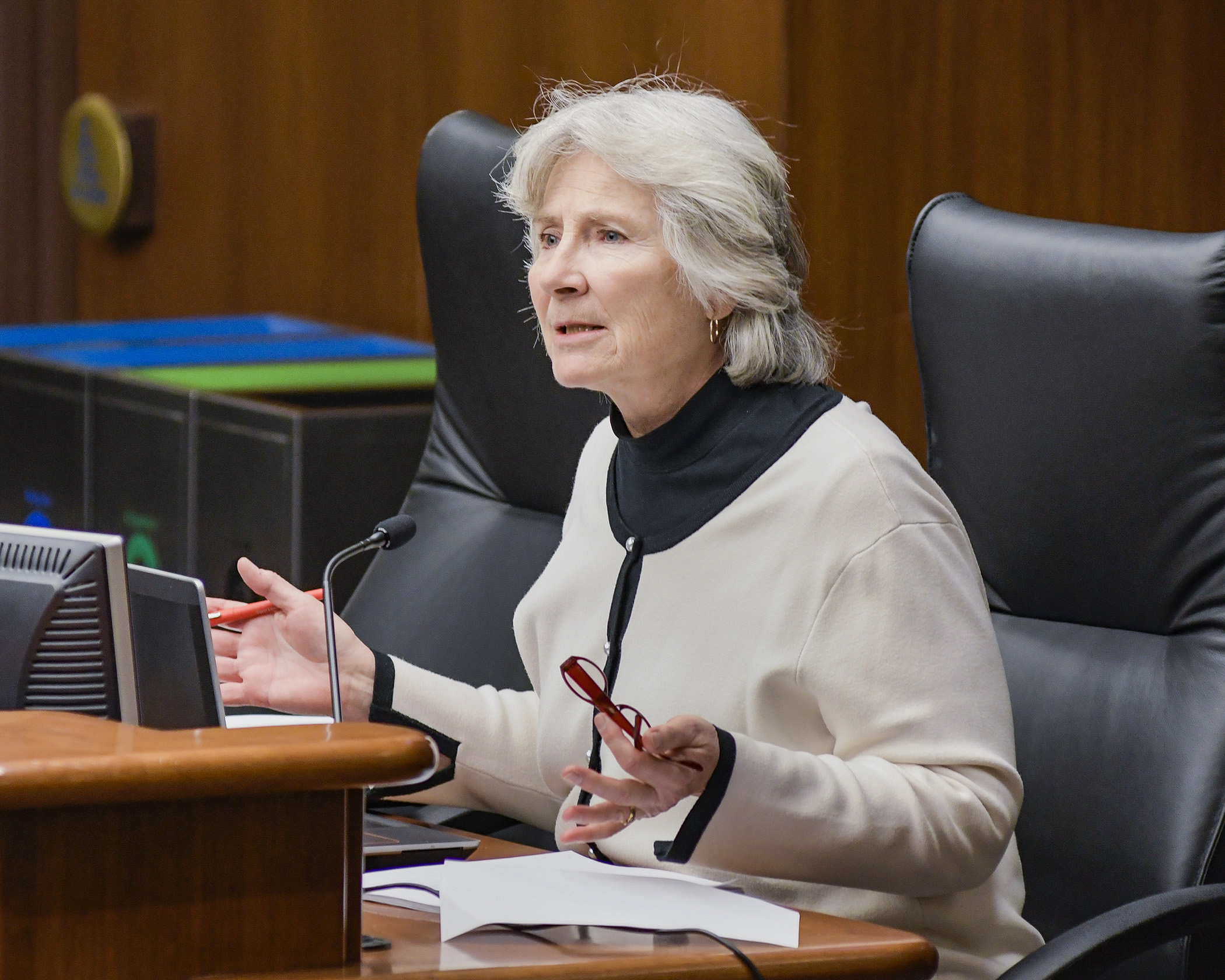Senior safety takes center stage in House Long-Term Care Division Discussions

The Department of Health’s backlog of senior mistreatment investigations was officially cleared August 8, 2018, Commissioner Jan Malcolm told the House Long-Term Care Division Monday.
Though the department has made significant steps forward in addressing the concerns outlined in a report released by the Office of the Legislative Auditor last spring, additional improvements are still needed.
“We are still not where we need to be in terms of timeliness,” Malcolm said. “But ... every incoming report has eyes on it within two days” so that urgent cases can be identified and addressed as soon as possible.
According to Malcolm’s presentation, nearly 22,500 complaints and self-reports by facilities were lodged in 2018, and almost 1,400 were assigned for an on-site investigation, meaning that they indicated a possible abuse or neglect situation.
A total of 1,441 investigations were resolved in 2018 – 780 of which were received within that year.
The department receives about 40 percent of the allegations filed through the Minnesota Adult Abuse Reporting Center. Others go directly to law enforcement or the Department of Human Services, Malcolm said.
The Health Department has worked to streamline and standardize its practices and improved communication by making sure staff can be directly accessed and encouraging families to follow-up on their complaints. Going paperless and updating document management systems has allowed for work to be tracked more effectively and completed in a timelier manner, she said.
Even as processes are improved, the department needs to solidify those improvements and continue working on them, Malcolm said.
“It’s kind of like the proverbial building the car while you’re driving it down the highway,” she said.
Electronic monitoring
Many families say they have the right to use electronic monitoring devices – such as cameras – to ensure the well-being of their loved ones living in long-term care facilities. But most facilities disagree, said Sean Burke, public policy director of the Minnesota Elder Justice Center.
A provision that would have allowed electronic monitoring within a private room or unit was included in the large supplemental budget bill vetoed by former Gov. Mark Dayton last year.
One of the Elder and Vulnerable Adult Abuse Prevention Working Groups, which began meeting in the fall of 2018, focused its work on the issue of electronic monitoring and found areas of agreement and disagreement to potentially serve as the building blocks of new legislation to be considered this session.
Areas of general consensus include definitions and the contents of a consent or notification form. Areas of disagreement remain whether notice must be given to the facility and the dissemination of data.
A summary report was shared with the committee along with the results of other working groups, including those focused on assisted living licensure and the certification of dementia care units.
The subdivision intends to discuss these topics in greater detail further later this session, Division Chair Rep. Jennifer Schultz (DFL-Duluth) said.
Related Articles
Search Session Daily
Advanced Search OptionsPriority Dailies
Ways and Means Committee OKs proposed $512 million supplemental budget on party-line vote
By Mike Cook Meeting more needs or fiscal irresponsibility is one way to sum up the differences among the two parties on a supplemental spending package a year after a $72 billion state budg...
Meeting more needs or fiscal irresponsibility is one way to sum up the differences among the two parties on a supplemental spending package a year after a $72 billion state budg...
Minnesota’s projected budget surplus balloons to $3.7 billion, but fiscal pressure still looms
By Rob Hubbard Just as Minnesota has experienced a warmer winter than usual, so has the state’s budget outlook warmed over the past few months.
On Thursday, Minnesota Management and Budget...
Just as Minnesota has experienced a warmer winter than usual, so has the state’s budget outlook warmed over the past few months.
On Thursday, Minnesota Management and Budget...